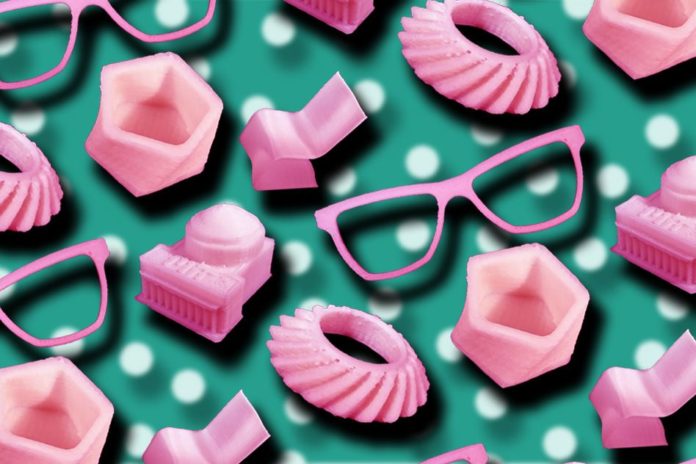MIT scientists have recently designed a new 3-D printer that could complete the task 10 times faster than commercial counterparts. It can print Lego-sized bricks within just a few minutes.
The printer’s compact printhead incorporates two new, speed-enhancing components: a screw mechanism and a laser. The screw mechanism feeds polymer material through a nozzle at high force. On the other hand, the laser rapidly heats and melts the material, enabling it to flow faster through the nozzle.
The group exhibited its new outline by printing different definite, handheld 3-D objects, including small eyeglass frames, a bevel gear, and a smaller-than-normal copy of the MIT dome. All are developed within a few minutes.
Anastasios John Hart, associate professor of mechanical engineering at MIT, said, “The new printer demonstrates the potential for 3-D printing to become a more viable production technique.”
“If I can get a prototype part, maybe a bracket or a gear, in five to 10 minutes rather than an hour, or a bigger part over my lunch break rather than the next day, I can engineer, build, and test faster.”
“If I’m a repair technician and I could have a fast 3-D printer in my vehicle, I could 3-D-print a repair part on-demand after I figure out what’s broken. I don’t have to go to a warehouse and take it out of inventory.”
Scientists primarily determined commercial desktop extrusion 3-D printers, their prints at the rate of 20 cubic centimeters per structure. That’s slow.
They then identified 3 major factors that led to its slow speed. The factors are how fast a printer can move its printhead, how much force a printhead can apply to a material to push it through the nozzle, and how quickly the printhead can transfer heat to melt a material and make it flow.
Most desktop 3D printers have a plastic fed via a nozzle and a “pinch-wheel” mechanism. This works well at relatively slow speeds. If more force is applied to speed up the process, the wheels would lose their grip on the material.
Scientists used a screw mechanism instead of a pinch wheel and fed a textured plastic filament on it. When the screw is turned, it gripped onto the filament’s textured surface and fed it through the nozzle at higher forces and speeds.
Hart said, “Using this screw mechanism, we have a lot more contact area with the threaded texture on the filament. Therefore, we can get a much higher driving force, easily 10 times greater force.”
Adjusting the laser power and turning it quickly on and off, the heat towards plastic can be controlled. Hence, they devised a high-speed gantry mechanism— an H-shaped frame powered by two motors connected to a motion stage that holds the printhead. The gantry was planned and modified to move deftly between various positions and planes.
Along these lines, the whole printhead could move sufficiently quickly to stay aware of the expelling of plastic’s quicker encourages.
Hart said, “We designed the printhead to have high force, high heating capacity, and the ability to be moved quickly by the printer, faster than existing desktop printers are able to. All three factors enable the printer to be up to 10 times faster than the commercial printers that we benchmarked.”
The researchers printed several complex parts with their new 3-D printer. The printer took hardly 5 to 10 minutes for each part.
Hart said, “We’re interested in applying this technique to more advanced materials, like high strength polymers, composite materials. We are also working on larger-scale 3-D printing, not just printing desktop-scale objects but bigger structures for tooling or even furniture. The capability to print fast opens the door to many exciting opportunities.”
